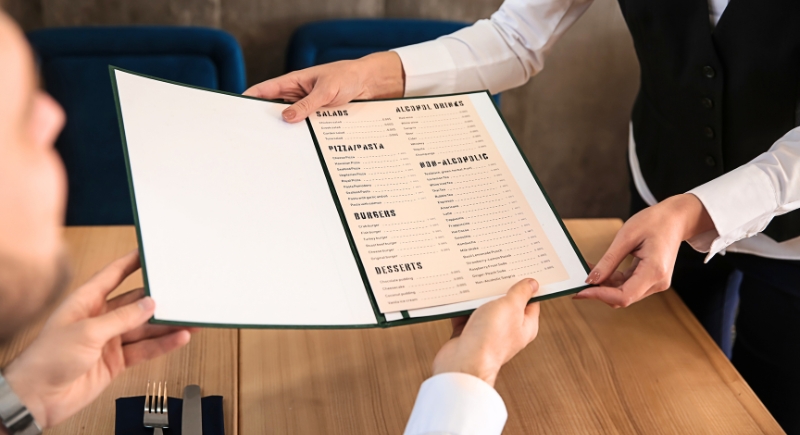How To Order Food You Can’t Pronounce Without Feeling Awkward
When you’re fine dining, you’re bound to come across that one dish that sounds delicious but looks like it’s been written by someone who lost a Scrabble game in another language. You just have no clue how to say it. Do you fake it and hope for the best? Point and pray? Or own up and ask for help? Let’s talk about how to order that meal without feeling like you’re auditioning for a bad comedy skit.
Honesty Really Is The Best Policy

Image via Getty Images/mediaphotos
The easiest way to avoid awkwardness is to just admit you’re not sure how to say it. Servers hear mispronunciations every day, and most don’t bat an eye. Saying something like, “I’d love this dish, but I’m not sure how to pronounce it,” paired with a quick smile and a point at the menu, is completely fine. You’re being polite, honest, and clear, which beats mumbling something that sounds like a sneeze in Italian.
People often worry they’ll sound silly, but think about it. English has over 600,000 words, and that’s before you toss in every French pastry and Japanese noodle name. Nobody can pronounce everything correctly. Even seasoned restaurant workers get tripped up sometimes.
The Power Of Gestures And A Smile
If you’re overseas or in a restaurant that uses QR code menus, communication can get tricky. Gestures are your best friend here. Point to the item, make eye contact, and smile. Simple gestures work wonders. Body language fills in the gaps where words fail, and kindness travels further than pronunciation.
Being polite also matters more than being perfect. Servers appreciate it when customers show humility instead of pretending they know it all. A friendly attitude can even turn your pronunciation slip into a fun learning moment. Many servers will gladly teach you the correct way to say it, and you’ll walk away with a new word in your vocabulary and a full belly.
We’ve All Butchered A Word Or Two

Image via Canva/pixelshot
Let’s be real—everyone has a food word that haunts them. Maybe it’s “quinoa” (KEEN-wah) or “Açaí” (ah-sah-EE). Maybe it’s “bouillabaisse” (boo-yuh-BESS) or “vichyssoise” (VISH-ees-WAHZ). These words regularly make English speakers sweat a little. The best approach is to laugh it off and learn from the experience.
One funny example that often comes up is “gyro.” Ask five people how to say it, and you’ll get five different answers. At this point, just saying it confidently is half the battle.